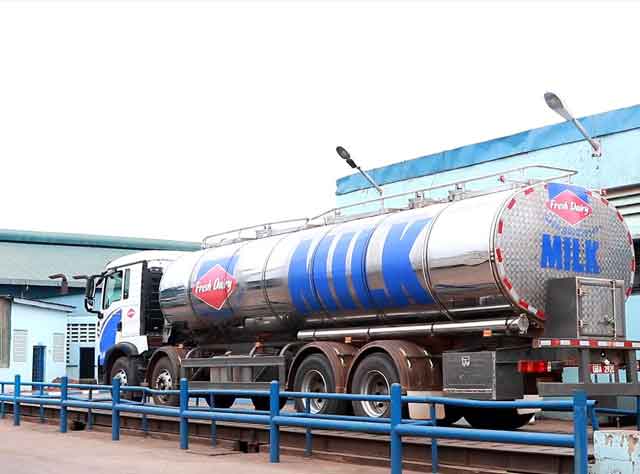
Kampala, Uganda | Khisa Isaac | Milk consumption in Uganda still remains low as compared with the world recommended level, according to the Dairy Development Authority data.
The industry regulator’s data shows that although milk production in the country has increased from 2.08 billion litres in 2015 to about 2.5 billion in litres in 2020, consumption is still low.
A DDA data shows that per capita consumption of milk in Uganda stands at 62 litres which falls below the 200 litres recommended by the World Health Organization (WHO).
Speaking at a recently organized event at the DDA offices, the Minister of State for Animal Industry Bright Rwamirama blamed this low consumption on people’s tendency to take fruit juice or soda which is readily available instead of milk that is more nutritious.
Rwamirama called for the need to prioritize serving milk at events in order to boost milk consumption.
This comes at a time milk processing companies have made it easier for consumers to take high quality dairy products.
Marketing Manager, Fresh Dairy – Vincent Omoth said, ‘a growing body of recent research suggests that enjoying three servings of dairy foods a day is part of a nutrient-rich and balanced diet, and while several dairy products are available on the market, it’s vital to pay attention to the processing value chain as the quality of these dairy products is determined by the effectiveness of the milk processing value chain. The milk processing value chain refers to the step by step process that milk takes from the farm to the consumer’s cup.’
Omoth noted that the value chain of Fresh Dairy’s products begins with the Farm. “Fresh Dairy works with over 30,000 small and large farmers who are the principal stakeholders in our business that we empower on best practice in the dairy enterprise periodically,” he said.
“At Fresh Dairy, we believe that good quality milk products are made from good quality milk. We therefore source all the milk used in Fresh Dairy products from Ugandan farms only.”
Omoth explained that dairy farmers take their milk to Milk Collection Centres every morning where it undergoes mandatory tests. From the Milk Collection Centres, milk is driven using milk tankers to the factory where it is tested again before entering a closed processing system out of which dairy products such as yoghurt, milk, ghee, butter, and cream are manufactured.
The pasteurized Fresh Dairy products are then distributed to the retail outlets such as shops, supermarkets, duukas and kiosks countrywide where consumers can easily buy them.
 The Independent Uganda: You get the Truth we Pay the Price
The Independent Uganda: You get the Truth we Pay the Price



